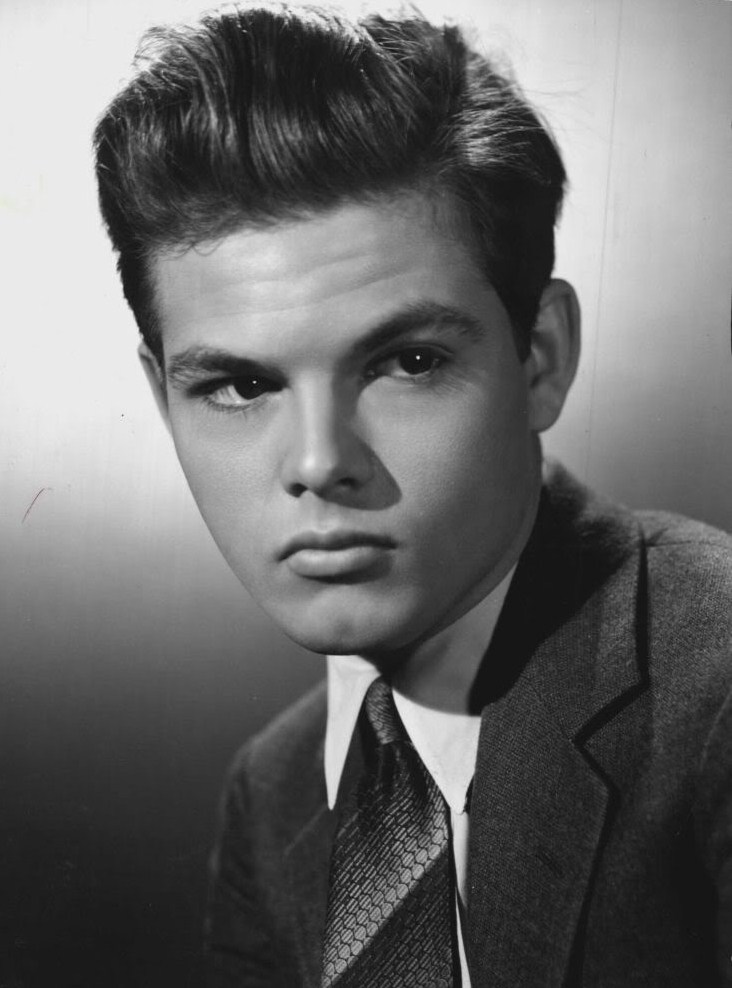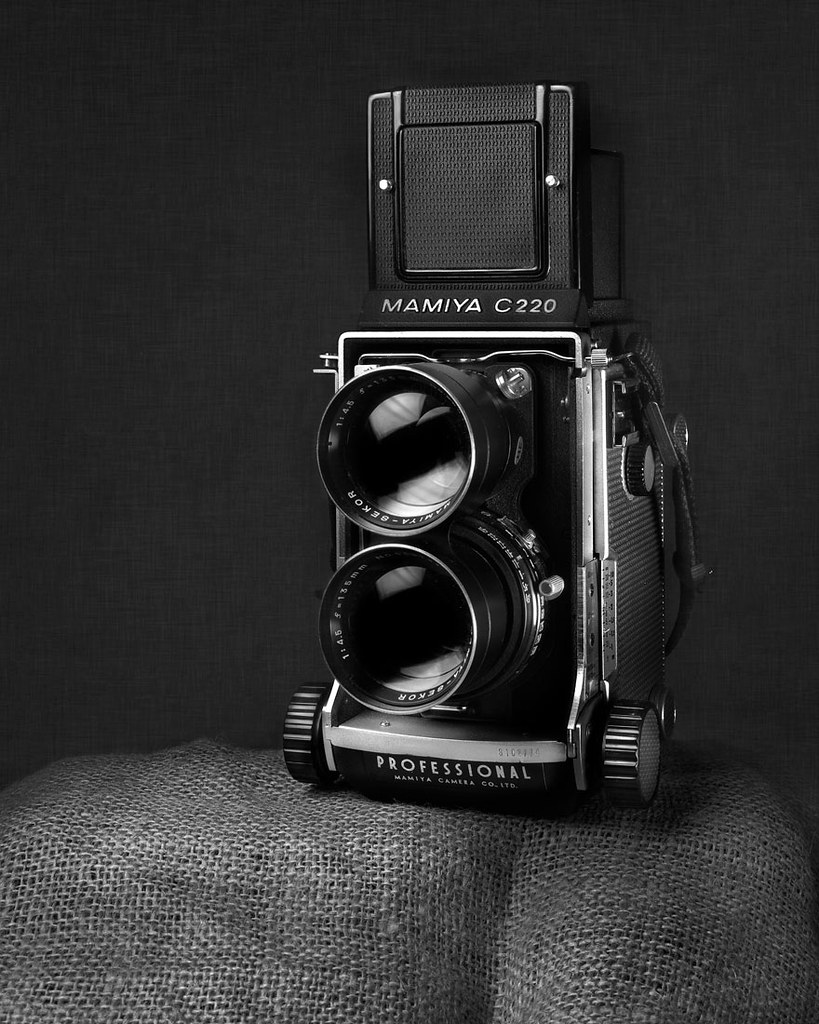I need to get to grips better for some still life I want to do on 4x5 black and white film especially the metering side.
For the lighting, I am using the modelling light from a studio flash head and a soft box, I also use reflector cards to fill in some of the dark areas. My choice of film will be FP4 developed in Pyrocat 1:1:100 for 16 minutes in a small tank with inversions every minute.
Question:
Would I be better using incident metering or spot metering and placing an area on a specific zone and then looking whether I need to change development for the high



 Reply With Quote
Reply With Quote






Bookmarks